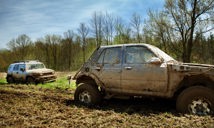Originally published April 13, 2021
When you get stuck, you get angry. We get it.
Maybe you got hung up in some snow that was too deep, some mud that was muddier than it looked, or you encountered an iced-over hill and are going nowhere except maybe backwards.
You press the gas pedal, but there’s no forward motion. The signature whizzz of a slippery tire spinning in place confirms that you aren’t going anywhere. Your day has been ruined. The laws of physics have done you a disservice. You’re going to be late for that thing. The car’s on fire, the road’s on fire, and everything’s on fire because you’re literally in hell and this is just the worst possible day.
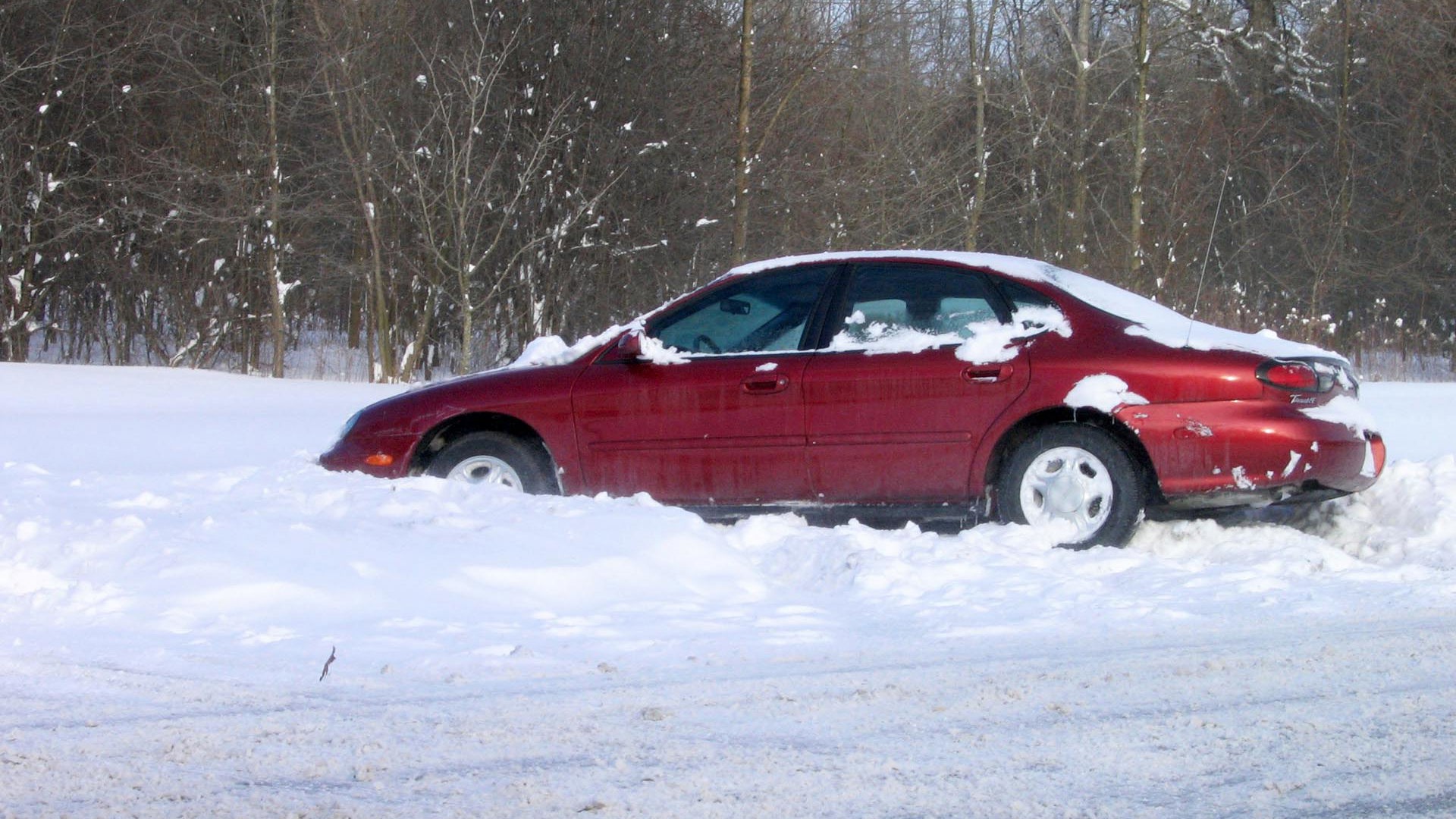
If you’re a completely normal human being, this is the part where you swear loudly to your car and floor it. In its enraged state, your frustrated brain figures that spinning the wheels to kingdom come might just be your ticket onwards to freedom.
This approach might work if you’re extremely lucky. Most of us are not that lucky, however, and this tactic usually doesn’t work. Not only will flooring it not work, but it can also cause catastrophic driveline damage.
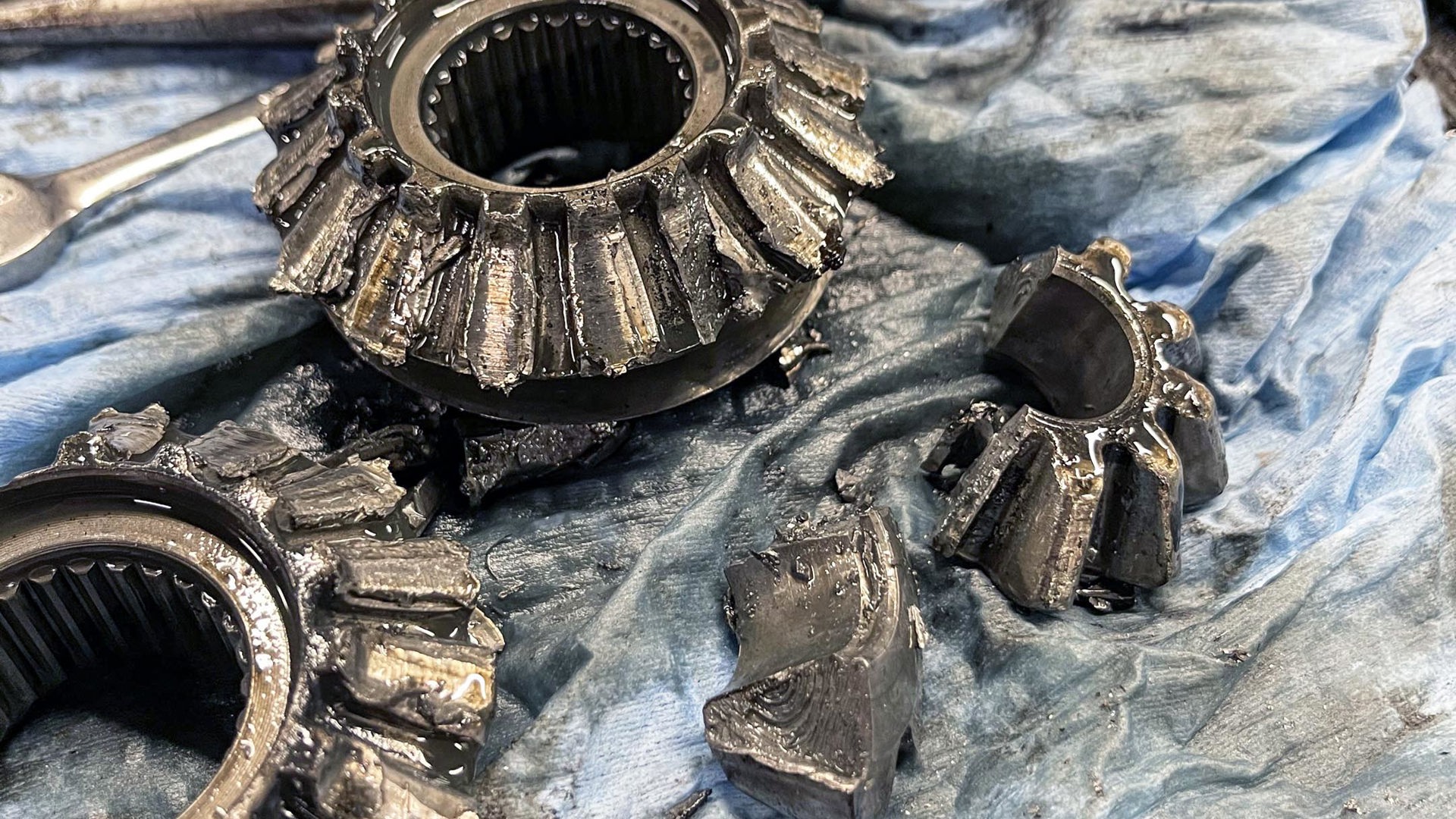
In this post on the popular automotive subreddit called JustRolledIntoTheShop, user “badcoupe” shows us how that might happen.
“Ford Ranger rear end was stuck in the snow,” they wrote. “Caught traction and one spider gear left the group.”
That’s a polite way of saying “the rear differential is utterly borked.”
As one commenter put it, “No traction? Floor it!”
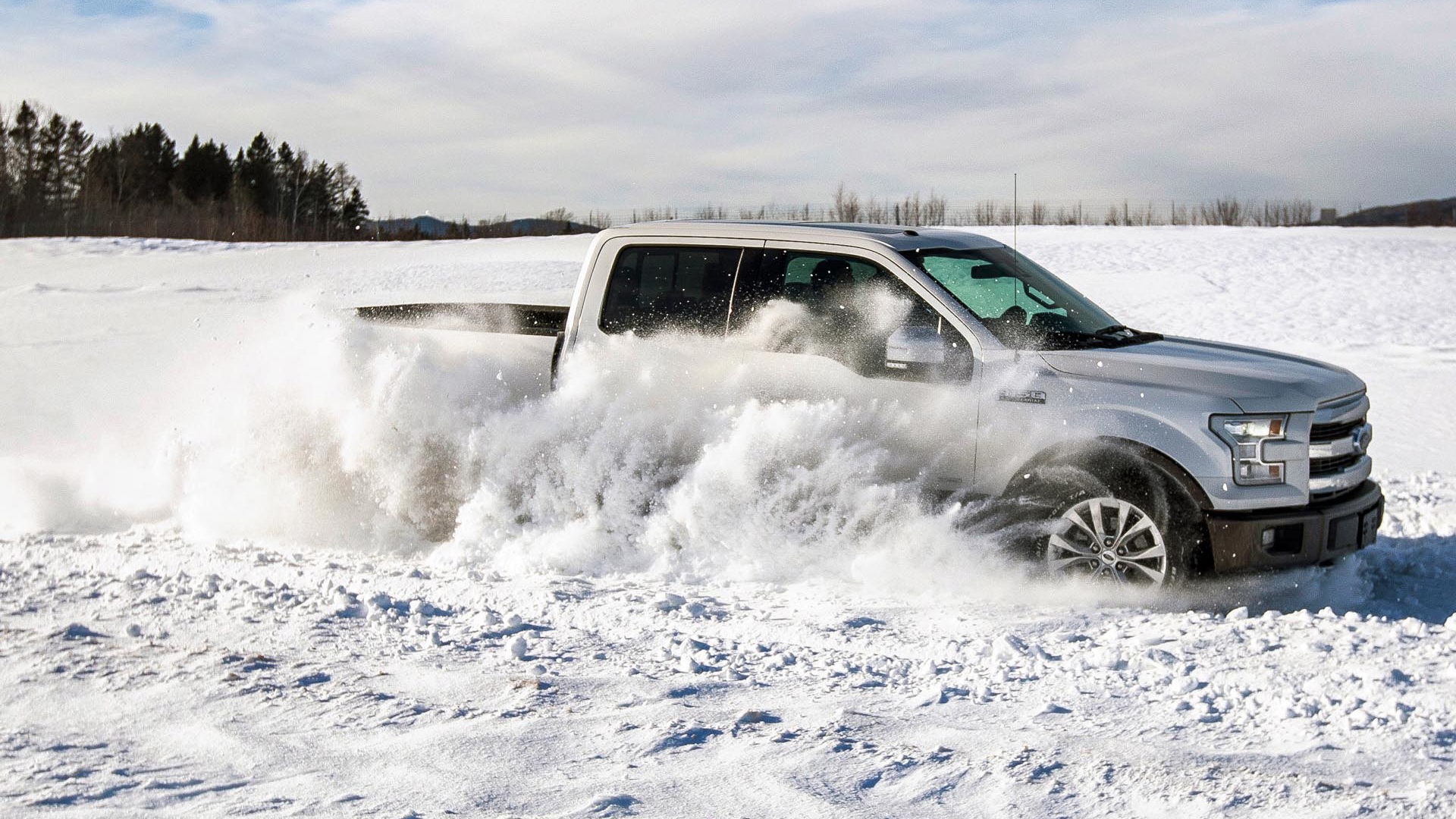
The trouble with spinning your wheels in place at 197 kilometres an hour happens when one or both of those wheels suddenly finds traction. Here, a tremendous amount of rotating energy is stored within the vehicle driveline and axle. It’s sort of like a spinning time bomb, come to think of it.
If there’s a sudden spike in traction, a sort of high-energy shockwave results and it will need somewhere to go. This high-energy shockwave often dissipates itself by exploding some part of the driveline.
Sometimes, it’s the transmission that can blow, but in this case, it was the rear differential. Neither are great.
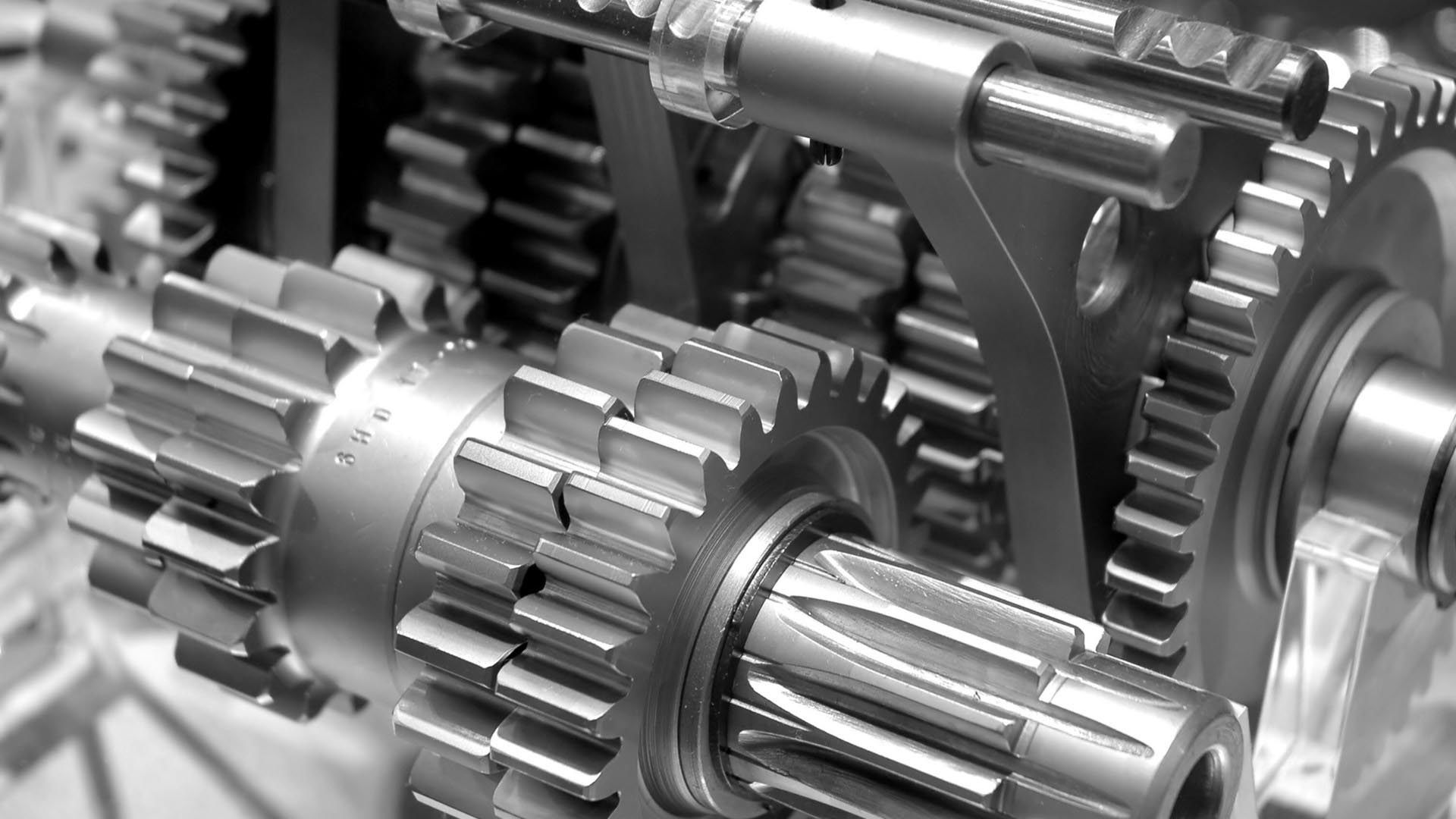
All was well inside of this differential while both wheels were spinning at full speed. When one suddenly caught traction and slowed down, the resulting distribution of force exploded the rear diff, turning it into coleslaw.
Now, the driver has a worse problem than being stuck. The driver will need to pay for a tow truck and be prepared to pay hundreds of dollars or more to replace the rear axle. The repair bill here will be at least a few hundred bucks, if not more.
Had the transmission grenaded itself instead, the driver might need to shell out thousands for the repair.
According to automotive repair technician Paul Kennaley, the repair costs are hard to peg.
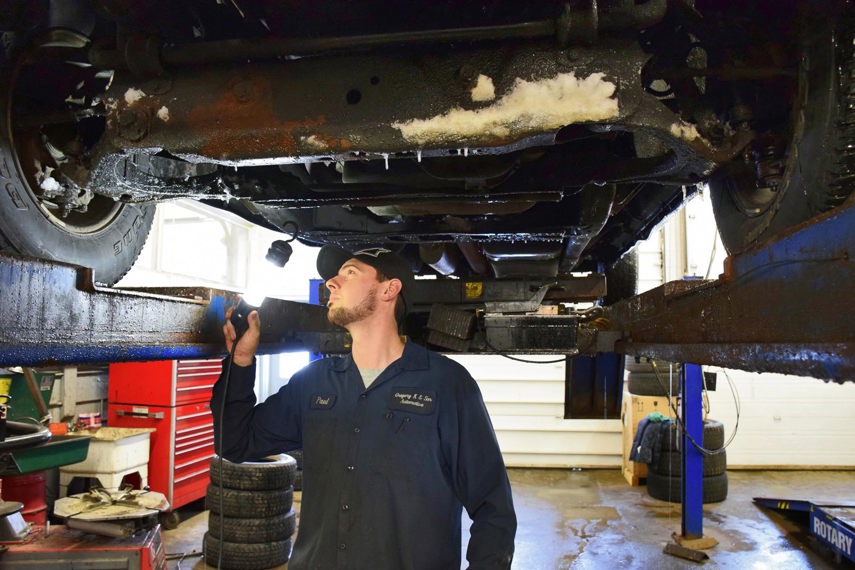
“I’ve seen this before,” Kennaley said. “This can be a big issue on front-drive vehicles with an open differential for the same reason. When things go badly in this situation, it can go a few different ways. I’ve seen some let go where it’s just the spider gears and pin that need replacing, and I’ve seen others where the differential pins shear off and do major damage to other components.”
What’s the lesson? Manage your wheelspin properly when you’re stuck. Whether you’re off-roading, stuck in the snow, or on some ice, too much wheelspin is never a good idea.
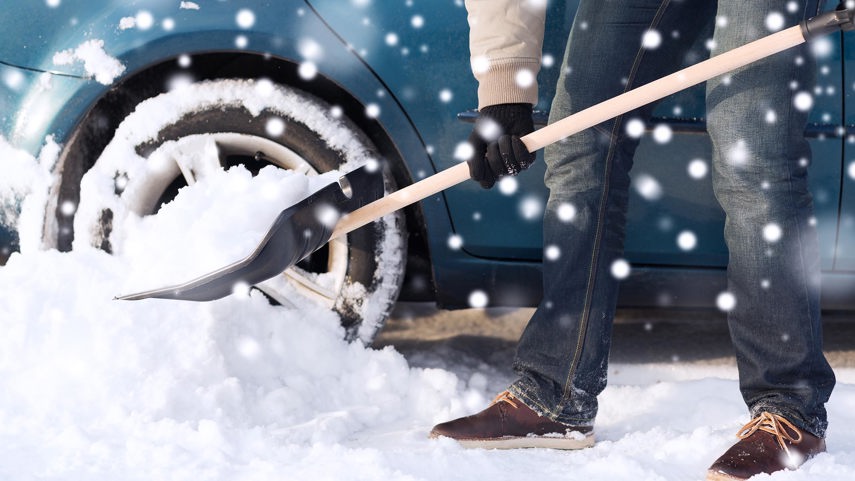
If you can’t easily free a stuck vehicle with a little wheelspin, then take a breath and reassess the situation. Do not keep flooring the gas pedal. Dig around your stuck tires to give them something to grab on to, use traction aids, dump sand around your tires, and try again.
If nothing else works, remember calling for a tow to get unstuck is much cheaper than calling a tow truck to get unstuck and then also paying to get your busted vehicle repaired.
